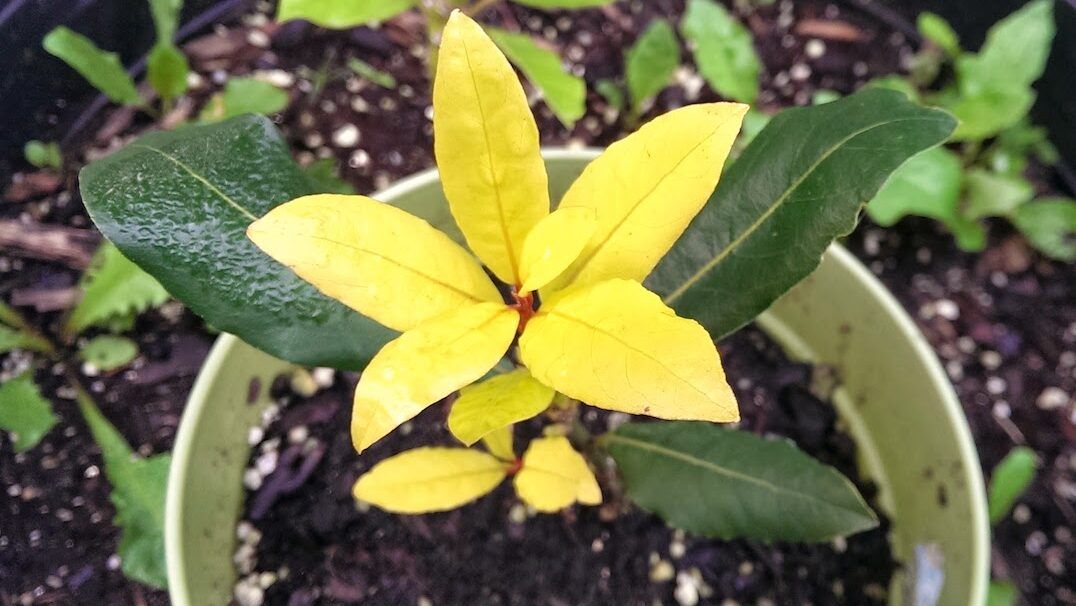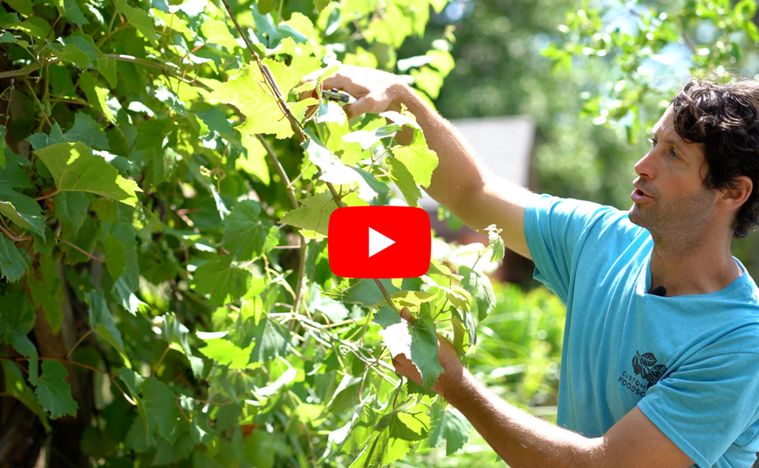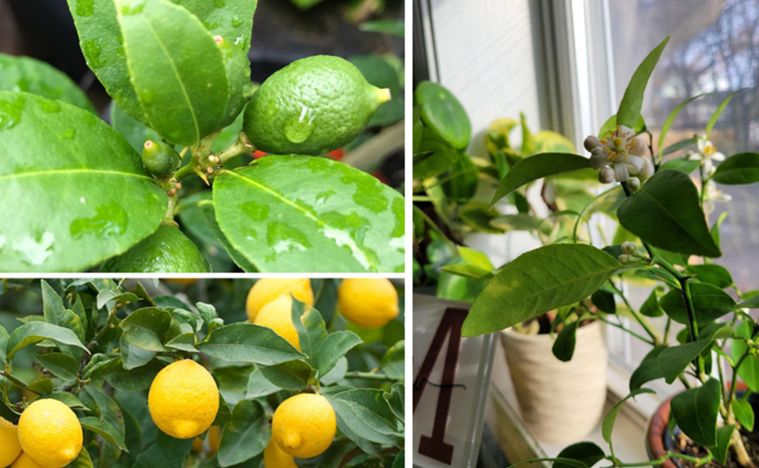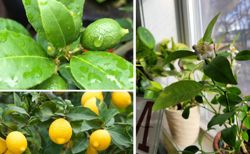Growing Herbs: All About Sweet Bay
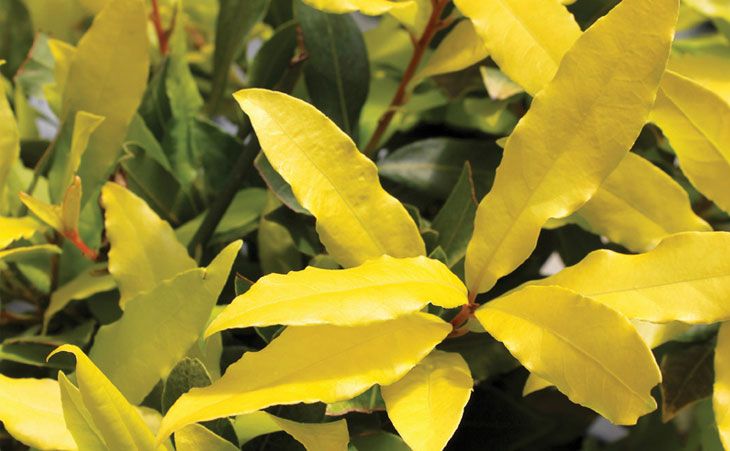
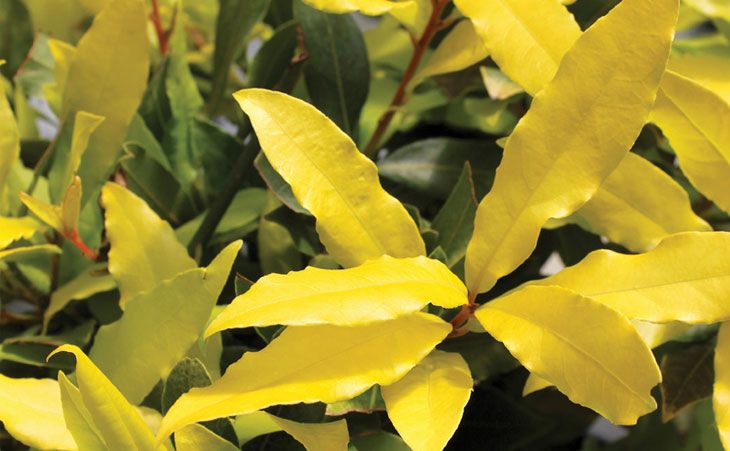
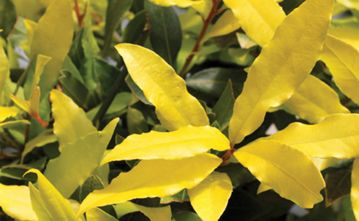
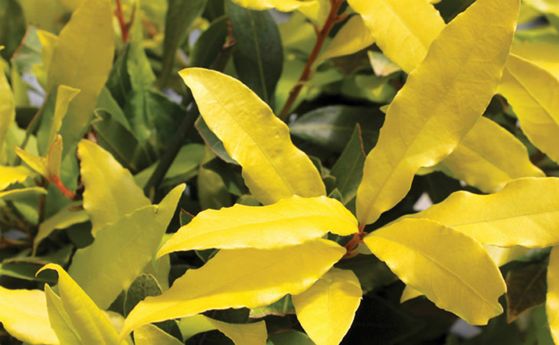
Sweet Bay, also called the Bay Laurel (Laurus nobilis), is an evergreen shrub whose leaves are often used as a flavorful herb in cooking. Through selective pruning of the lower limbs, this plant can be given more of a tree form. Most sweet bay is recommended for hardiness in zones 7-10, so if you are fortunate enough to be able to plant your sweet bay outdoors, you'll be delighted to find that it is also deer resistant and attracts bees and butterflies when it blooms in spring.
For those of us in colder zones and small spaces, we're still fortunate! The sweet bay is well-suited to growing in containers and even being grown indoors year-round — convenient if your main purpose for growing sweet bay is to use its attractive, aromatic foliage in your favorite recipes.
All About Growing Sweet Bay
1. Acclimate
If you're planting outdoors — or planting in pots that you plan to keep outdoors during the growing season — and your area still might have cool temperatures (below the 50s F during the day), you will need to acclimate, or harden off, your new plants to introduce them to the current weather elements of your environment. This helps to avoid frost injury and sunburn on tender new growth. Learn how to acclimate plants and trees.

2. Choose a Location
Your sweet bay plant's location should include...
- Outdoors: full sun (6 to 8 hours of light, daily). Well-drained soil with a pH between 6.5 - 7.5.
- Indoors: the equivalent of "full sun", like other houseplants. Well-drained potting medium and pH between 6.5 - 7.5. Keep in mind, windows with long periods of direct sunlight may cause foliar burns, since glass can act as an intensifier.
3. Plant
- Outdoors: Dig a hole to accommodate the existing root system with room to grow. Spread roots to encourage outward growth and plant.
- Indoors: Plant in a container that accommodates the current root system (with room to grow) and with adequate drainage holes. You will likely "pot up" your sweet bay as it grows to fill its current container.
4. Care & Maintenance
Fertilizing. Since vegetative growth is what you harvest from your sweet bay (the leaves), you will need to ensure that the plant has adequate nitrogen in the soil or potting mix. If you find that your sweet bay requires more nitrogen, you can either apply a water-soluble fertilizer or a natural soil conditioner such as compost.
Pruning. Minimal pruning is needed for sweet bay. Sweet bay tends to be forgiving and responds well to pruning cuts.
- Outdoors: If you are growing sweet bay in the landscape year-round, prune to your ideal size and shape in late winter to early spring.
- Indoors: Simply remove dead, damaged, or diseased limbs whenever they appear. Prune to maintain the desired height.
Watering. Only water as needed. Avoid overwatering, as it can cause disease issues and stress in the bay tree that may even be fatal.
- Outdoors: Unless your area is experiencing drought, only water sweet bay as needed, usually once every 7-10 days. If precipitation is in the forecast, no additional water is necessary unless drought-like conditions call for it.
- Indoors: When soil appears dry, and is dry to the touch an inch or so below the surface, it is time to water.
Winterizing
- Outdoors: Mulch for winter protection of the root systems (zones 8-10). Wrap in holiday string lights for ambient warmth during potential frost snaps. Bring container-grown sweet bay indoors and treat as a houseplant over winter.
- Indoors: Be sure the sweet bay receives adequate moisture during winter when even the indoor environment is drier than usual.
5. Harvest
Since the bay leaves are what you harvest from your bay tree, they may be harvested for use at any time, but it recommended that you not harvest until the second year your sweet bay has been growing with you. Bear in mind, the mature leaves will have the most flavor.
Drying
In most cases, you will need to lay the bay leaves out to dry before use. You can use as they are called for in recipes, either whole or ground. Bay leaves are often removed after adding flavor to dishes rather than consumed because of the course, hard nature of the leaf.
Learn more about drying herbs!
Sweet bay is one of the easiest perennial herbs you can grow. It requires minimal pruning maintenance and has few pest or disease issues — especially when growing in containers indoors.

